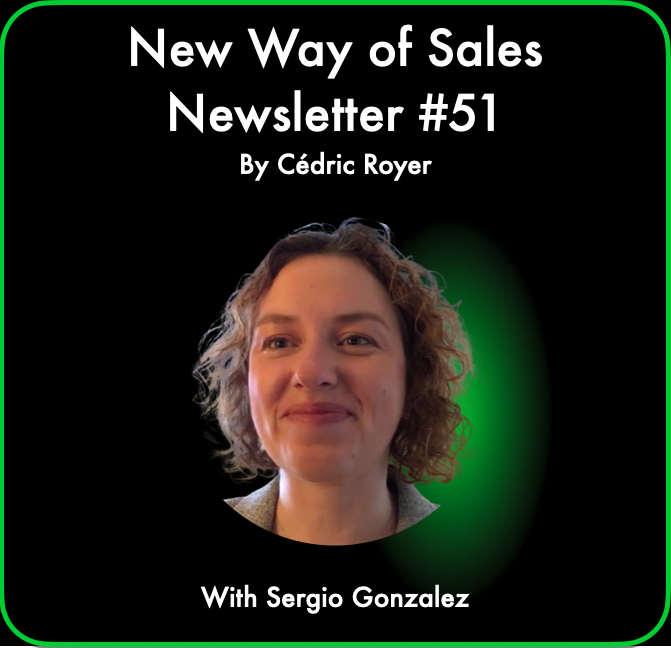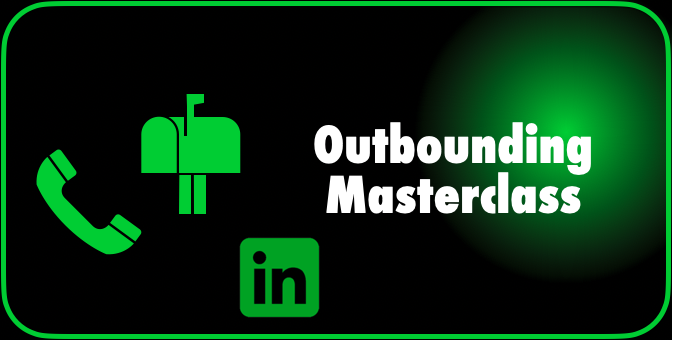The way buyers are buying in B2B is changing dramatically.
And so the way sellers are selling, or organizations are creating revenue, should also shift. Although I do see a number of challenges there and a lot of companies risk of staying behind.
The only thing you can do is creating an integrated revenue strategy.
What do I often see companies do -incorrectly?
1. many companies are using sales methods and marketing methods that are unfortunately obsolete.
2. many companies are only using tactics or short-term driven.
3. many companies are working in their silos. Sales are doing sales, marketing is doing marketing and that’s it. They don’t talk to each other.
4. people copy from the internet and they use tactics, methodologies from other stages than the ones they are in.
They’re doing all things that can damage their growth!

l.)The only solution is to create a revenue strategy.
What is a revenue strategy?
It’s a strategy that will help you reaching your goals through sustainable and profitable growth.
There are four elements in a revenue strategy.
1. What you need to do.
2. How to do it?
3. Who will do it?
4. And ultimately, do it.
In other words revenue strategy is action driven.
As my favorite philosopher Mike Tyson said: “everybody has a plan until they’re hit in the face”
In that sense, it is important to adjust your strategy to changing realities on the market.
How to start with a revenue strategy?
Most companies don’t have any sales or revenue strategy, which is also an opportunity for you, because if you have one and when you have a revenue strategy you’ll be ahead already about 80 or 90% of your competitors.
And the reality, as I said earlier, most companies use tactics.
Tactics are operational and short-term driven, and so for a big part nobody knows how to formulate that coherent strategy.
Sun Tzu wrote over 2,000 years ago, that tactics without strategy is the noise before defeat.
here you have some examples of those fake strategies or tactics in disguise.
– Having a lead generation strategy. This is basically a tactic within a strategy to gain revenue. Without this in context, a lead generation strategy is useless.
– Copying your competitor. Which is also a tactic, since you do not understand the context of why a competitor is doing something. They might have a completely different strategy, and copying their activities simply because they do them is dangerous.
– SEO strategy. Another tactic, which can be very useful, provided it is within the scope of a revenue strategy.
The 3 Elements of a Revenue Strategy
After scaling companies x 10, 25, 100, I noticed that there are 3 realities you need to take into account to build your revenue strategy.
1. Revenue Generation is a System
The first one is that you start looking at revenue generation as a system.
In other words, everything you implement will have an impact on the rest of the system, for the good or for the bad.
In our Jump RevenueOS – our revenue framework, we have more than 60 different elements and I cluster them into four.
1. The first step is the alignment stage, to make sure that everybody works with the same goal, the same outcome in mind. Once you have set up this, then you look at
2. your velocity, how to improve the sales velocity.
You look at what you have and you start building processes, tools, methodology, technology, skill development initiatives, coaching around this.
3. Once you have this in place, you look at the third step and this is your capacity, and we start to implement KPIs and success metrics.
4. In the final stage we can start planning for the future, including forecasting.
We can start thinking about career pathing, about celebrating and rewarding your staff.
2. A Revenue Operating Model
Since strategy is action driven, you need a revenue operating model, which means that across three stages (demand creation, demand capture, and revenue creation) you will assign responsibilities and activities to members of the following 3 departments: sales, marketing and client success.
Marketing is creating awareness as well as pull strategies, sales is leading in engagement and push and then finally client success is working around retention, and building ambassadors.
Those two elements are fundamental but they’re nothing if you do not integrate the third reality and this is, surprise surprise, this is you.
3. Your Context
Your context will define how you implement your revenue strategy.
We’re talking about your go-to market, your culture, the market you’re targeting, and your life cycle you’re in.
For example, if you are a CEO of a consultancy and your goal is to grow the revenue of your existing clients, you’ll have a completely different revenue strategy than a SaaS CEO that just collected an A round and hired 10 acquisition salespeople.
What you can do today to start working on a revenue strategy
First of all, take a look how well aligned your departments are.
Are they all working for the same goal, with the same outcome in mind?
Where is your system stuck?
Do you have an overview of your system with its underlying elements?
The second set of questions is, do you know who drives demand creation?
Who drives demand capture?
Who drives revenue creation?
Is it clear who is in lead in which stage? In other words, do you have a revenue operating model?
Do you approach your market with your context in mind, or is it blind copy paste from videos or LinkedIn text that you saw?
Finally, if you’re a B2B leader and have questions around this, feel free to contact me.
In any case, best of luck in creating revenue strategy and changing with the change. Have a nice day.
How can I help you?
Are you looking to create a revenue strategy and interested to work with me? Contact me here: www.jump.foundation
About the article:
This article is based on the podcast I published earlier as episode 19 in the Revenue Strategy Podcast, and you can find the links below:
You can find all the published newsletters via: https://www.jump.foundation/the-library/blogs/



